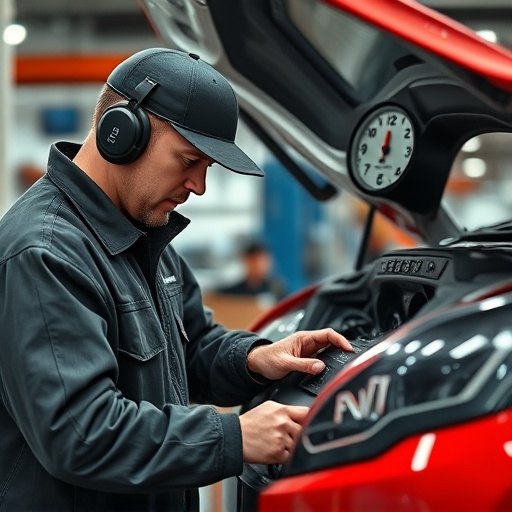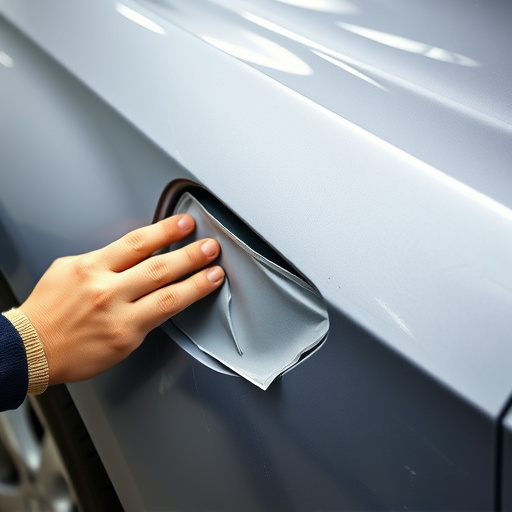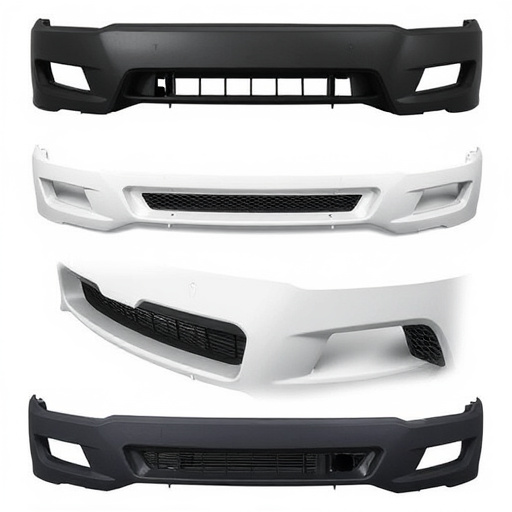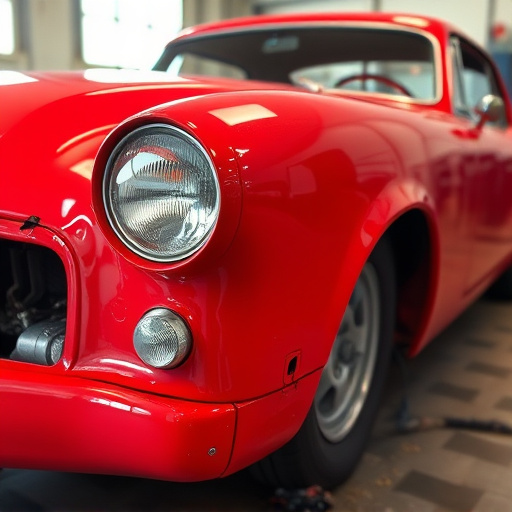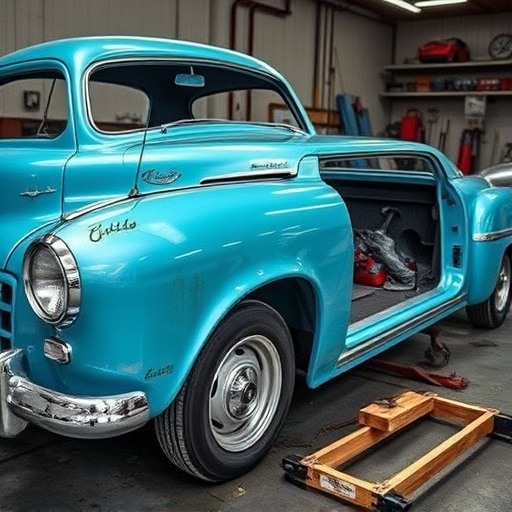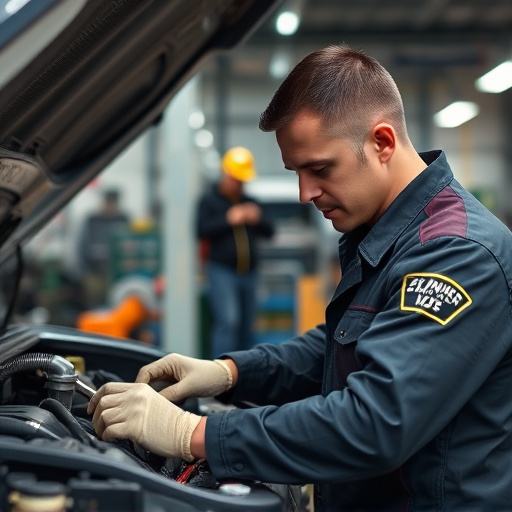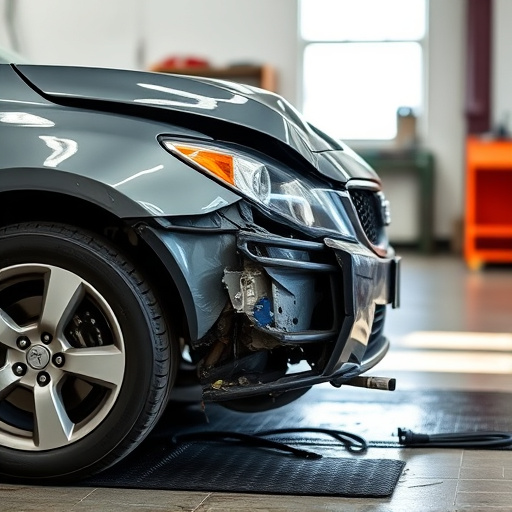Post-accident, a thorough transmission inspection is crucial for assessing damage and guiding collision repair. Check fluid levels, leaks, overheating, gear play, and unusual noises. A test drive and performance evaluation help identify issues like unusual vibrations or response during driving conditions. This process ensures comprehensive vehicle body repair alongside transmission servicing.
After a car accident, a thorough transmission inspection is crucial. This step-by-step guide outlines essential checks to ensure your vehicle’s safety and reliability. First, assess visible damage to the transmission. Then, check fluid levels and for any leaks, as these could indicate internal issues. Following this, take it for a test drive and evaluate its performance. These simple steps can help identify potential problems, ensuring you make informed decisions about your car’s future after an accident.
- Assess Transmission Damage: Visual Inspection
- Check Fluid Levels and Leaks
- Test Drive and Performance Evaluation
Assess Transmission Damage: Visual Inspection

After a car accident, conducting a thorough transmission inspection is a crucial step in determining the extent of damage and facilitating effective vehicle collision repair. Start by performing a visual inspection to assess any visible signs of damage or fluid leaks from the transmission. Look for cracks, dents, or deformations on the transmission housing, as well as any exposed internal components. Even minor impacts can cause significant internal damage that requires expert attention.
During this initial assessment, also check for signs of wear and tear, such as excessive play in the gears or fluid leaks from seals or gaskets. These symptoms could indicate underlying issues that need to be addressed during luxury vehicle repair. Remember, timely transmission inspection is key to preventing further complications and ensuring comprehensive car body repair.
Check Fluid Levels and Leaks

After a car accident, one of the critical steps in a transmission inspection is checking fluid levels and leaks. This involves assessing the condition of essential fluids like transmission fluid, coolant, and oil. A thorough inspection should look for any signs of overheating or damage that could have been caused by the collision. Leaks are particularly important to identify as they can not only lead to further damage but also pose safety risks.
During this process, it’s crucial to verify if there are any unusual noises or vibrations coming from the transmission, which might indicate internal damage. If fluid levels appear low or there are visible leaks, it’s advisable to consult collision repair services at a reputable car body shop near you. Auto repair experts can perform a detailed diagnosis and recommend necessary repairs to ensure your vehicle is safe to operate after an accident.
Test Drive and Performance Evaluation

After a car accident, a thorough transmission inspection is crucial to ensure the safety and functionality of your vehicle. One critical step in this process is conducting a test drive and performance evaluation. This involves taking the car for a spin to assess how the transmission responds under various driving conditions. During this test, drivers should pay close attention to any unusual noises, jerks, or vibrations that might indicate issues with the transmission.
The evaluation should include accelerating from a standstill, shifting gears smoothly, and observing the response when applying brakes or making sudden stops. It’s also essential to check for any leaks around the transmission, as this could point to internal damage. Remember, a thorough test drive is a key component in determining whether further automotive repair services, such as car dent removal or auto glass replacement, are needed alongside transmission inspection after an accident.
After a car accident, conducting a thorough transmission inspection is crucial. Begin with a visual assessment of any damage or unusual signs. Check fluid levels and watch for leaks, as these can indicate internal issues. For a comprehensive evaluation, take the vehicle for a test drive to observe its performance. By following these steps, you can ensure proper maintenance and repair, restoring your vehicle’s reliability post-accident.
